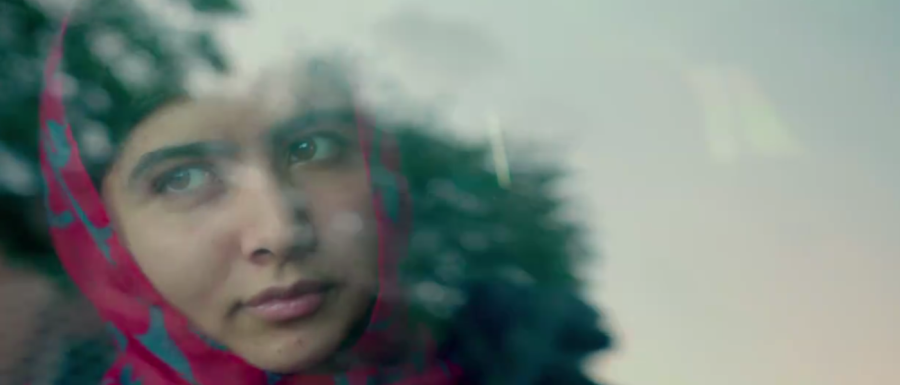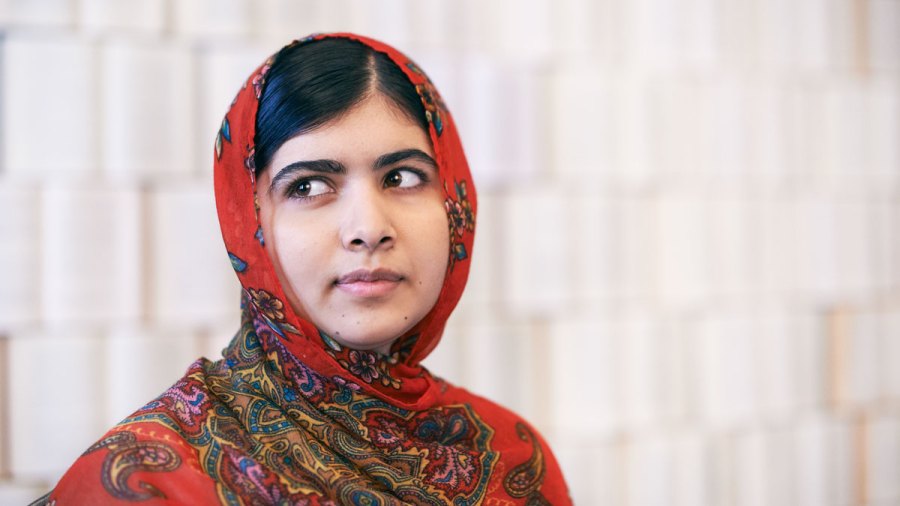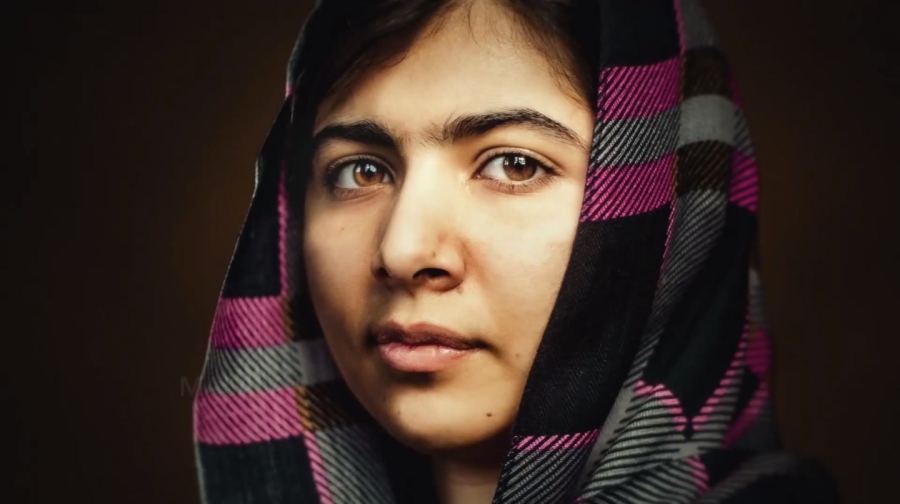Islam, Western Discourse, and the Politics of Framing
After Malala’s relocation to Birmingham in Northern England for emergency medical treatment, the Pakistani faction of the Taliban issued a statement which said that if she were to return to her native country, she would once again be targeted by their forces who would attempt to take her life. In her book Malala speaks about how difficult she finds it not to be able to return to “your homeland, where your fathers and forefathers were born and where you have centuries of history, it’s very painful” (Yousafzai and Lamb, XX). However, as upsetting as this was for Malala, it could hardly have been unexpected. Not only did the Taliban make it perfectly clear with the first attempt on her life that they were prepared to murder anyone who spoke out against them, but the worldwide support that she gained in the days after the shooting were more than enough to confirm to them that she was an influential figur



